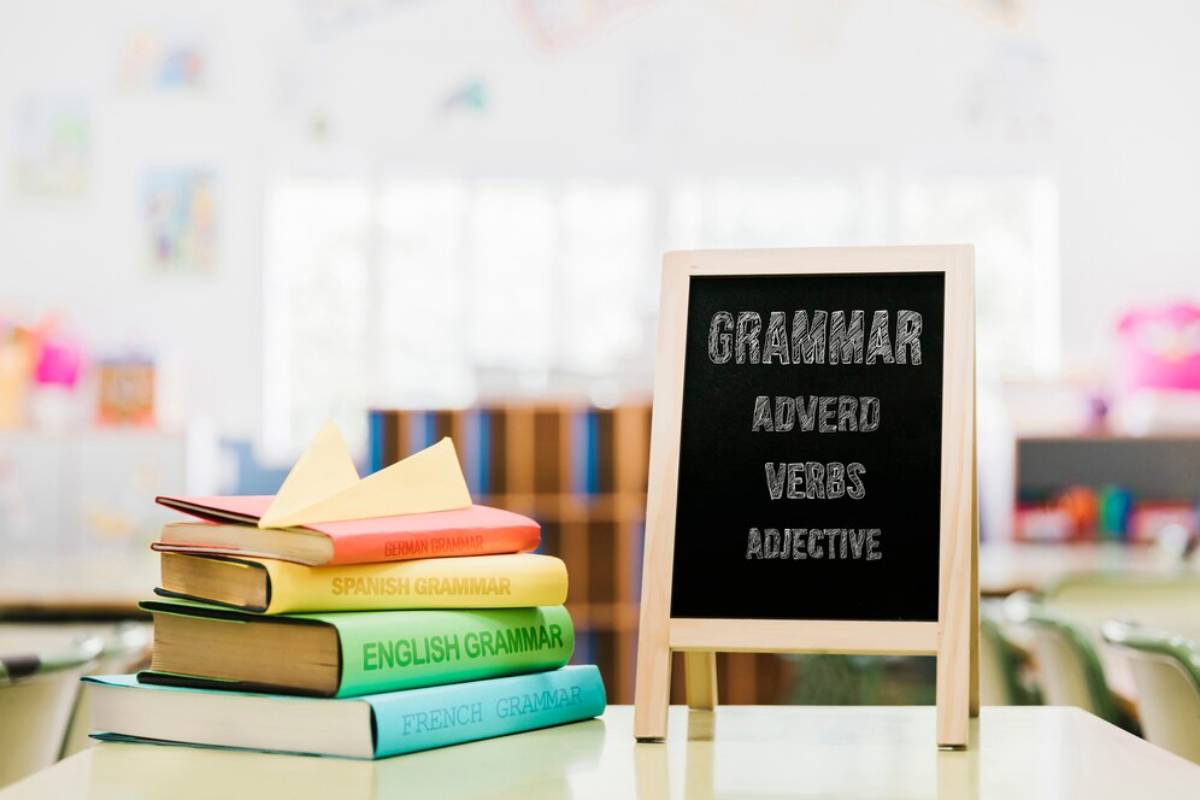
7 Hacks to Learn a Language in Record Time
If you’ve ever started learning a new language with enthusiasm, only to feel stuck after the basics, you’re not alone. Language learning can feel slow, especially if you rely on traditional methods like grammar books and memorisation drills.
But what if there were faster, smarter ways to learn? What if you could unlock rapid fluency methods that actually fit your lifestyle and learning style?
The truth is, you can. With the right approach, you can shortcut your way to conversation-level fluency much faster than you think.
In this article, you’ll discover 7 quick language learning tips that are backed by neuroscience, used by polyglots, and easy to adapt into daily life. These language learning shortcuts won’t just save you time — they’ll help you learn deeper, speak sooner, and enjoy the process more.
1. Learn Phrases, Not Just Words
Why it works:
Your brain remembers patterns, not isolated pieces. Learning entire phrases gives you context, structure, and natural rhythm — the same way children pick up language.
Try this:
- Memorise sentence “chunks” like “Can I please have…” instead of just “can,” “I,” and “please”
- Use apps or resources that teach language in context (e.g. Glossika, LingQ)
- Speak in complete sentences from day one, even if they’re simple
Phrases build fluency faster because they’re immediately usable.
2. Speak from Day One — Even If You’re Bad
Why it works:
Speaking activates multiple parts of your brain. It forces you to retrieve words, build sentences, and engage in real-time processing — all essential for fluency.
How to start:
- Narrate your day aloud in your target language
- Use self-talk to practise vocabulary (“I am eating lunch,” “Now I’m walking to the station”)
- Record yourself speaking, then listen and correct
- Join language exchanges early
If you’re nervous about speaking solo, try how to practice speaking a new language without a partner for smart strategies that work even when you’re learning alone.
3. Use the 80/20 Rule for Vocabulary

What’s the 80/20 rule?
Roughly 80% of daily conversations use only 20% of a language’s vocabulary. That means you don’t need thousands of words — just the right ones.
Hack it:
- Focus on the top 1,000 most common words (you can find free lists online)
- Use frequency-based flashcards in apps like Anki or Memrise
- Learn “function words” like prepositions and connectors to build sentences fast
Targeted learning gives you maximum impact in minimal time.
4. Make Mistakes on Purpose
Seriously?
Yes. Mistakes are how your brain learns. They signal where your knowledge gaps are and help lock in corrections through emotional memory.
Practice being imperfect:
- Intentionally try to say things you’re unsure about
- Ask native speakers to correct you gently
- Laugh at your errors — and learn from them
Fear of mistakes is the biggest fluency blocker. Mistakes mean momentum.
5. Use “Time Boxing” to Build Consistency
What’s time boxing?
It’s a productivity method where you set a short, focused timer for a task — e.g., 25 minutes to learn vocab, 10 minutes of listening practice.
How it helps:
- Builds a regular study habit
- Makes learning feel manageable
- Prevents mental fatigue and boredom
Use a timer and stick to it. You’ll be amazed what 10 focused minutes a day can do.
6. Create Personal Relevance
Why it matters:
Your brain remembers what it finds important. Generic vocab lists are boring. But vocab tied to your hobbies, work, or relationships? That sticks.
Make it personal:
- Build your own flashcards with phrases you’d actually use
- Learn words connected to your career, interests, or goals
- Write about your real life in your target language
Fluency comes faster when you care about what you’re saying.
7. Immerse Yourself Digitally
Why it works:
Immersion trains your brain to think in your new language. And thanks to modern tech, you don’t need a plane ticket — just Wi-Fi.
Ideas:
- Change your phone’s language settings
- Follow social media accounts in your target language
- Watch YouTube, Netflix, or TikTok in your chosen language
- Listen to native podcasts or music while commuting
For step-by-step guidance on building an immersive routine at home, check out daily language immersion techniques for beginners.
Use Your Brain’s Learning Windows

Leverage your mental rhythms:
Your brain absorbs new info better during these times:
- Morning: Best for new material (your mind is fresh)
- After exercise: Increased dopamine enhances memory
- Before sleep: Reviewing before bed aids consolidation
- Immediately after waking: A quick review helps recall
Build your study sessions around these windows for extra retention power.
Real-Life Story: Fluency in Three Months
Rachel, 34 – Software Engineer Rachel took on Spanish with a goal of travelling through South America. With zero previous experience, she set a 90-day goal.
She used:
- Phrase-based learning (Pimsleur + immersion TV)
- Time-boxed 20-minute sessions
- Recorded herself speaking twice a week
- Mistake-based journaling — reviewing every wrong word
It wasn’t magic — just consistency, relevance, and courage.
Common Mistakes to Avoid
Even the best hacks won’t work if you fall into these traps:
- Waiting to speak until you’re “ready”
- Focusing too much on grammar upfront
- Not revisiting what you’ve learned
- Relying on one method (e.g., only Duolingo)
- Avoiding failure, which means avoiding growth
Use hacks to stay agile, not rigid.
Conclusion: Fast Learning Is About Smart Strategy
Language fluency doesn’t have to be slow or painful. With the right techniques, you can learn quickly, speak confidently, and enjoy the process.
These 7 hacks aren’t just shortcuts — they’re cognitive accelerators. They tap into how your brain prefers to learn: in context, with emotion, and through consistent use.
So grab your timer, your notebook, or your favourite language app. Start talking, even if it’s messy. Keep showing up — even for five minutes. And most importantly, stay curious.
Because fluency doesn’t happen when you learn everything. It happens when you learn what matters and use it daily.


